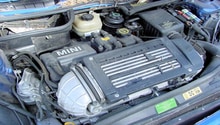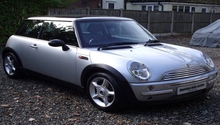Mini Cooper 2014-Present: Engine Performance Diagnostic Guide
Engine performance issues in the Mini Cooper could be a very simple issue to fix. Read on to learn how to diagnose possible performance problems.
This article applies to the 3rd Gen Mini Cooper (2014-present).
Engine performance problems are always related to one or two components getting old and wearing out. If your Mini Cooper isn't performing like it usually does, then you may need to replace a part or two. The dealership charges a lot of money just for basic inspections, which typically leads to spending much more money in repair. The diagnosis process is much easier than you may think, and most of the time, the repair procedure can be just as simple. If you're concerned about your Mini Cooper's engine performance, then read on to learn how to check some common problem areas and get down to the bottom of the issue.

Materials Needed
- Hex bit
- Long screwdriver
- Spark plug socket
- New engine air filter (optional)
- New spark plugs (optional)
- New fuel injectors (optional)
Step 1 – Check engine air filter
It could be dirty and clogged.
The air filter is designed to filter all air going into the engine. With such an important job, the air filter tends to get dirty, and if you don't replace it for a long time, it will become clogged. When the air filter gets dirty and clogged, it restricts the air going into the engine, which alters the air/fuel mixture, thus causing the engine to run roughly, as well as affect the fuel consumption. Locate the air box, then remove the three hex screws around it, pull the cover off, and check the air filter. If it's dirty, then replace it as soon as you can. This should free up your engine a little.
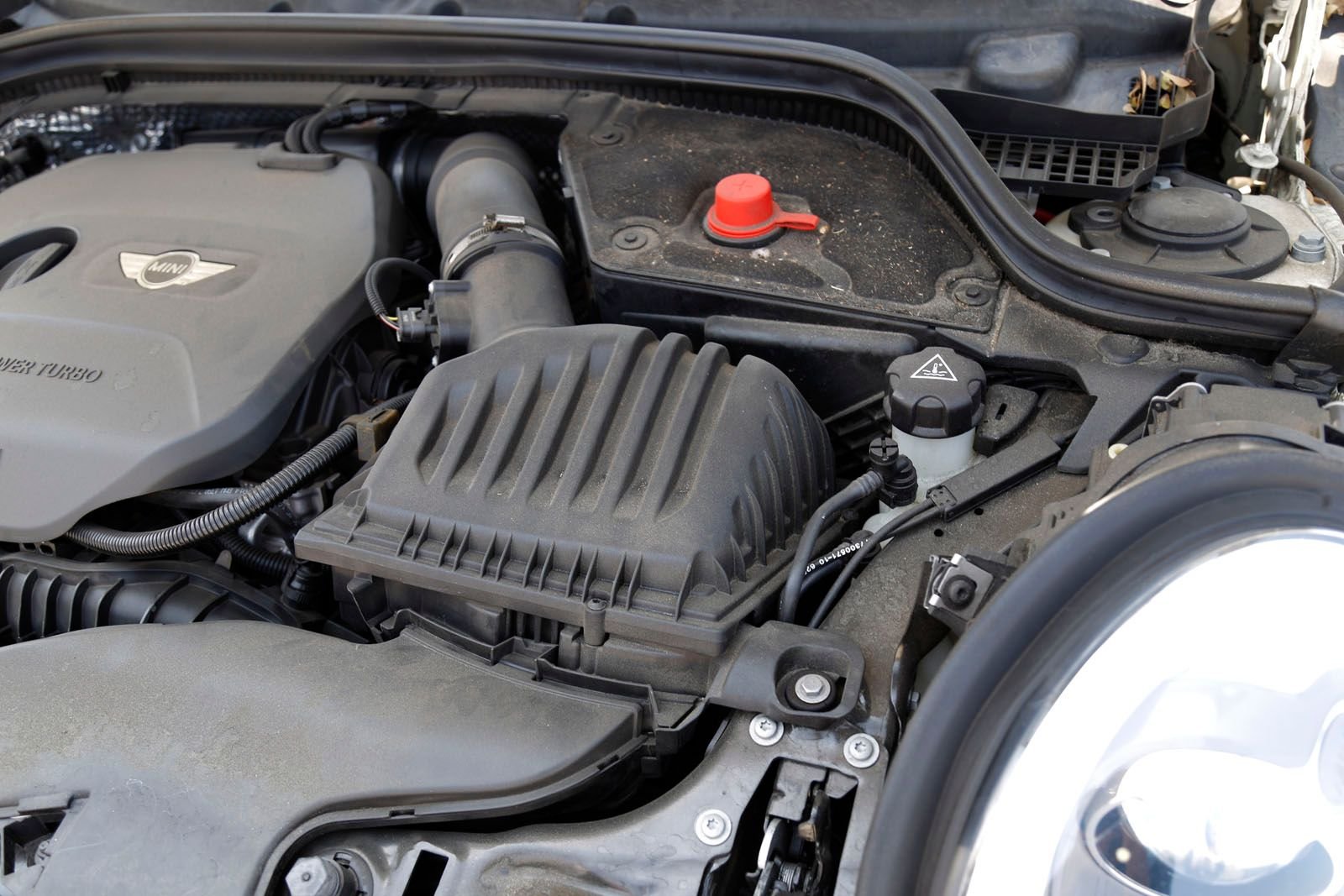
If the air filter is clean, proceed to Step 2.
Step 2 – Check spark plugs
They could be worn.
The spark plugs are critical components to your engine's performance; they are what give your engine spark. Over time, the spark plugs tend to wear and need replacement. When this happens, they start affecting your engine's performance by causing it to not accelerate as well and forcing it to run roughly. Before removing the spark plugs, visually inspect the wires connected to your spark plugs to make sure they are not worn and have no cracks. Any wears or cracks in the wires can cause your engine to run poorly. Remove each spark plug and inspect the tip of it. If the tip looks burnt, then you need new spark plugs. Always replace the spark plugs as a set.
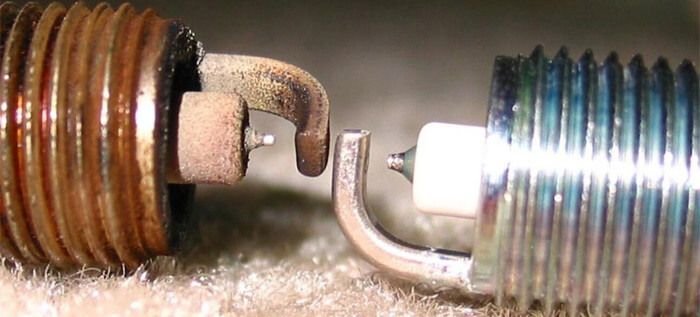
If the spark plugs are in good shape, proceed to Step 3.
Step 3 – Check fuel injectors
They could be faulty.
The fuel injectors are designed to inject fuel into your engine, which is a huge part of its operation. Sometimes, one or more fuel injectors can get clogged or go bad, which causes the engine to receive less fuel than it needs for the proper combustion process, thus affecting the performance of the engine. Before removing the fuel injectors to clean them, check to see if they are operating properly. Use a long screwdriver and touch it with the fuel injectors, which are located under the fuel rails, on the top of your engine. With the car on, place your ear on the other end of the screwdriver; if you hear a buzzing noise, this mean your fuel injectors are working properly. However, if you don't hear anything at all, then you need to replace the fuel injectors. Repeat this process for all injectors. If you need to remove the fuel injectors, you have to remove the fuel rail, as they are attached to them.
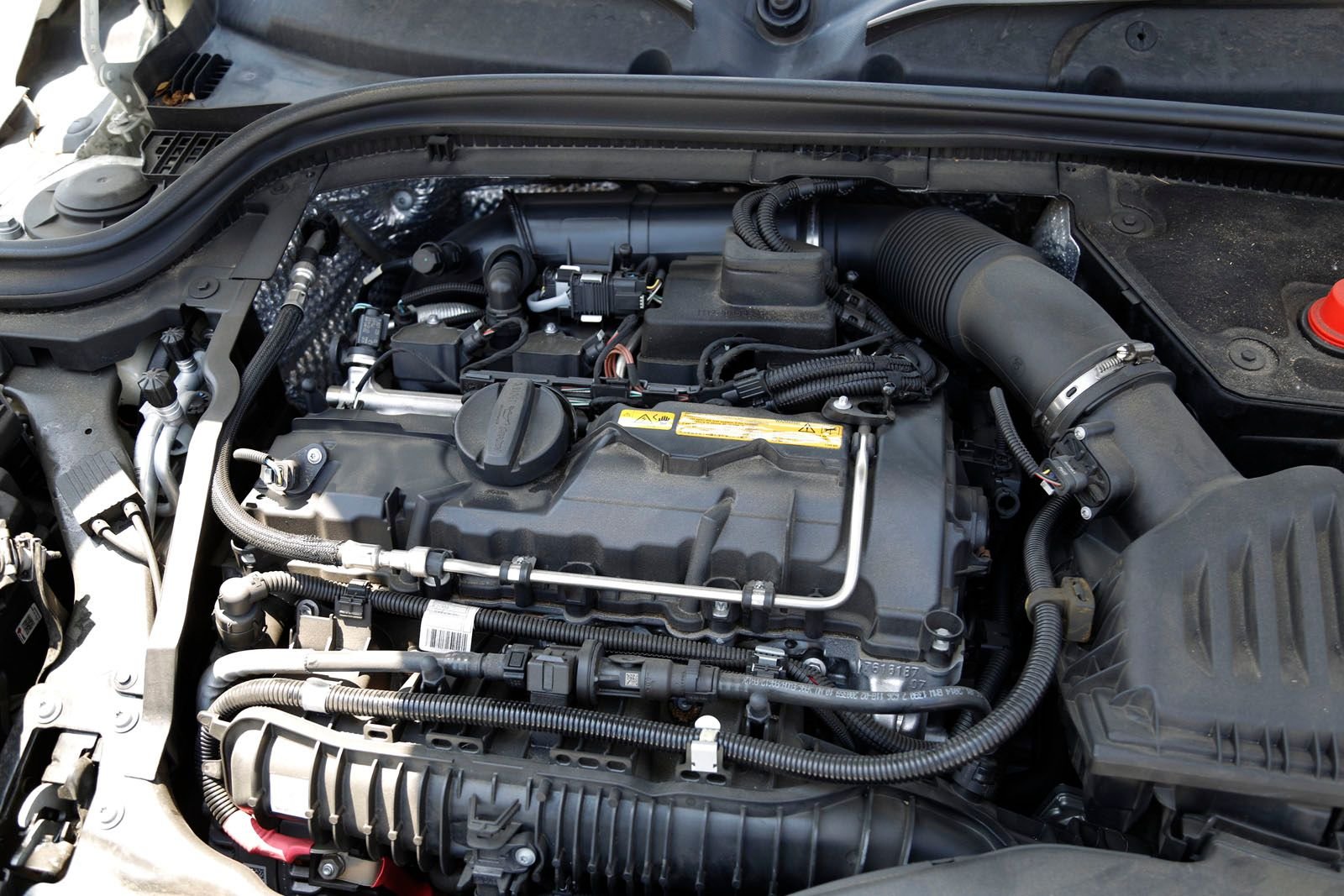
Related Discussions
- Oil filter failure - NorthAmericanMotoring.com
- Stumble when accelerating - NorthAmericanMotoring.com


